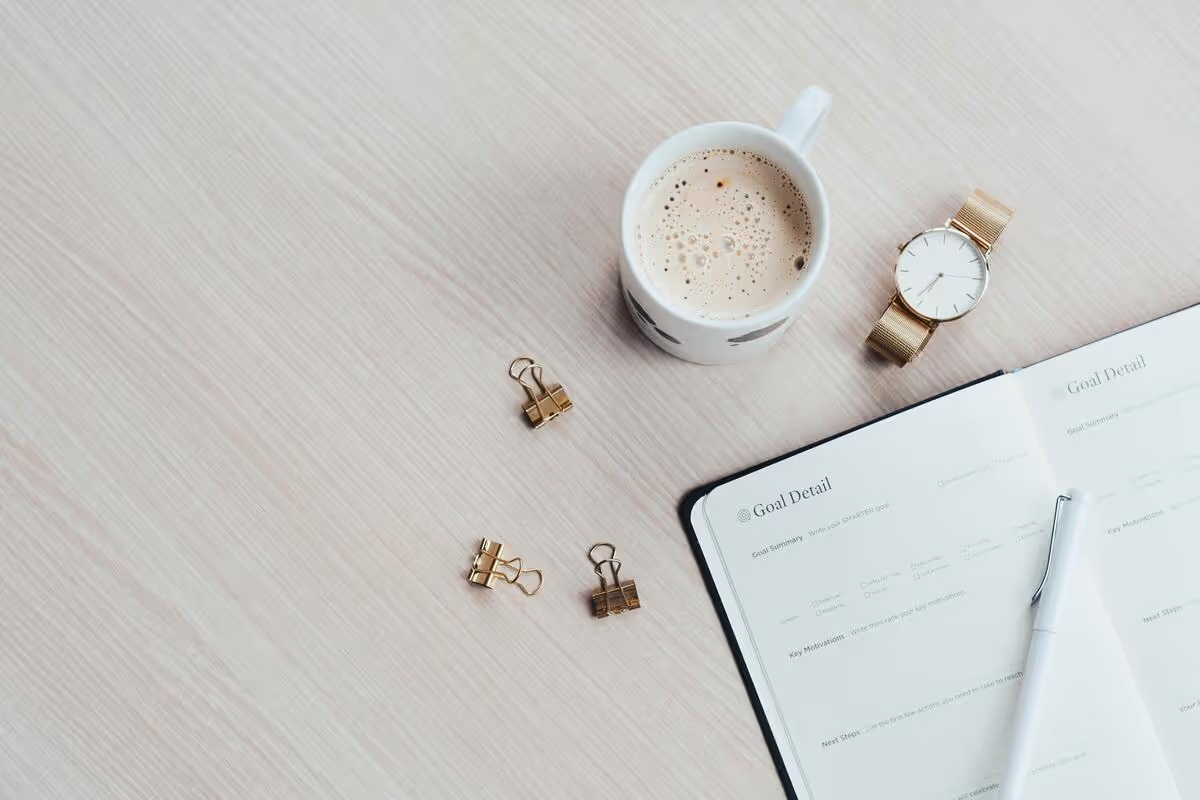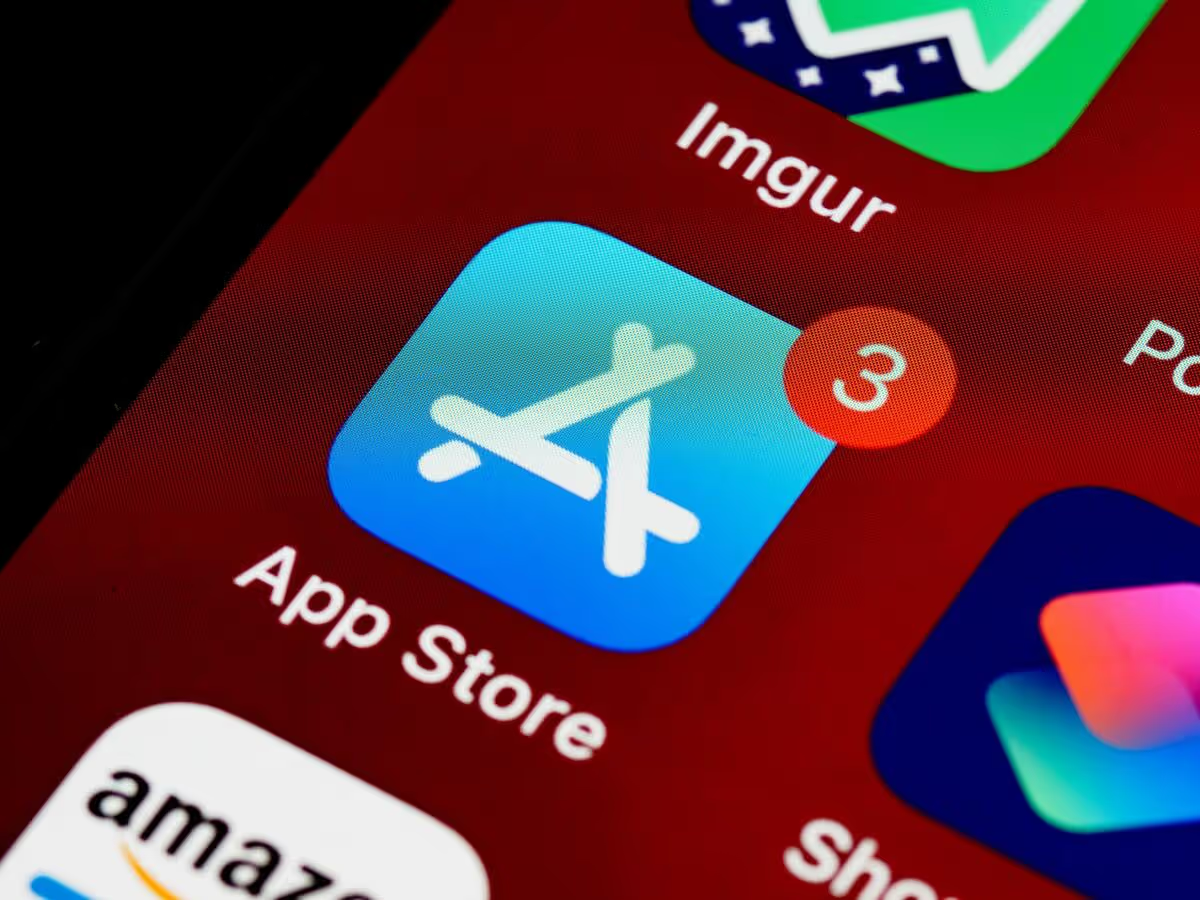
We could all do with a bit of extra money, right?
Whether it's for a new suitcase, a day away, or the trip of a lifetime to summer camp, most people have some goal they'd like to save towards. The thing is, like any habit, jumping in headfirst is a sure-fire way to burn out and struggle to reach your goals. It's more sustainable to work towards them little by little, especially if you're wondering how to save for travelling.
You can have huge money ambitions, small savings goals, or both. But before you figure out anything to do with your finances, you need to know what you're aiming for.
Set SMART goals

SMART goals are well-known in most circles, standing for specific, measurable, achievable, relevant and time-bound.
If a goal has these characteristics, it's easier and more likely you'll see it through if it's smart. So set your specific goal, how much you want to save, what you'll spend it on once you've got it, and when you want it, etc. You could set open goals, just aiming for an amount without knowing what it's for, but we think this tends to be harder to achieve, and the science backs this up.
It's easier to keep your eye on the prize if you know what it will be!
Highlight your start point

It's important to know what your starting point is.
There's a big difference between a student on a tight budget and a parent responsible for others. Write out your monthly income. Depending on your situation, this might not be consistent, but do your best to give an accurate guess at the average. This may be more complicated if you split your finances with a partner, but try to keep things as simple as possible. Consider the amount of money that you are in control of each month and start from there.
Everyone is running a unique race in life and finances, so be sure to accept your own and don't force yourself into something which makes you suffer elsewhere.
Review your current spending habits

Now go back through your spending over the past month.
You can do this by scrolling back through your online banking or a paper bank statement. Work out how much you have spent on a few different categories. For example, you might write down your monthly spending on groceries, rent, bills, travel, and socialising.
If you have any other regular commitments, like extracurriculars or a mortgage, write those down too. Check this against other months if you have access to them, and remember that some factors will change throughout the year.
Heating bills typically go up in the winter (or every month, it seems currently, with everything going on). There are apps and websites that will help you to do this, but honestly, you'll get a clearer understanding of your circumstances if you do it yourself in detail.
Once you have all of your spending written out so you can see it, grab yourself a couple of highlighters. Go through and highlight all the spending you can't change or adapt in any way, parts of your life which are immovable. Rent or a mortgage is the most obvious example because you have no control over them. Your transport costs could be another if you need a bus pass or petrol to drive to work. Highlight all those in one colour, or, if you don't have highlighters, just write them in one column.
These foundations give you some structure to then work around.
Cut out the non-essentials

Next, highlight things you think you might be able to cut out completely.
It's okay if there aren't any! But if you have a weekly takeaway night, maybe that's less important than whatever you're saving for. If you have a gym membership you never use, could you cut that out and take up running instead? Or, with three different streaming platforms, could you cut that down to one for a few months to get those few extra pounds in the bank?
There are always a few places where you can cut some pounds, whether it be drinks, entertainment, streaming, or clothes.
Compromise

Now we're onto the third and final category: the un-highlighted items on your list represent the things you have to play with to consider your savings.
You can't totally eliminate a grocery budget. Still, you can check that you're spending the right amount for yourself and your circumstances. Is there a cheaper shop you could go to instead? Can you change your go-to snacks? Are there items you can buy from the store brand? This applies to the other costs on your list, too. Get creative and see where you can tighten your budget a little.
It's not saying do without; it's saying do it differently.
Round up accounts or apps

One neat feature that has come out recently is the ability to 'round up' purchases to the nearest pound and for that 'round up' to go into your savings. This is also known as automatic saving.
Here's an example. Say you spend £28.20 on a food shop. The 'round up' will take the total amount to £29, with the extra 80p being moved into a savings account. It may sound tiny, but ask yourself, how often do you spend? If it's multiple times a day, your savings could have a few quid in it by the end of the day, and you'd hardly notice it's gone. £3 a day for a month is £90, which over a year is over £1000. Just research which apps and banks offer this feature, as not all do.
If you want some secret tips on how to save for travelling, then rounding up is a great way to save (and all for the sake of a few pence extra on your daily coffees).
Use a savings account (and don't touch it)

With your spending highlighted and colour coded (or just divided into lists), you can now see where you stand financially. Take your new budget away from your income and see how much you can save each month.
If you're really pushing to meet your goal as soon as possible, you can try to save almost that total amount per month. Realistically though, there will always be little extra expenses, and that's totally okay.
It's a balancing act between being lenient with yourself and pushing yourself to commit to savings. If you have £100 a month to play with, for example, maybe try to put £50 aside as savings. The savings-to-spends ratio is a personal choice and entirely depends on your financial situation.
One way to make it easy is to add how much you'll save from anything you're "cutting out". If you're saving £10 a month by cancelling your Netflix subscription, pop that directly into your savings account.
But, here's the main thing; make sure your savings account stays for your savings. If you keep dipping into it, it defeats the point. Make it off-limits and watch those pennies turn into pounds (and eventually turn into dollars for your trip to America)
Saving up for a new suitcase might be over in a month, whereas saving for a working summer abroad would probably take a little longer. If you know how to save for travelling, it becomes an easier process. You'll get there in the end if it takes more time.
It's essential to set clear goals, as this will make it much easier to achieve them. Be realistic, be patient with yourself, and accept that these things will take time.
Remember to celebrate your successes along the way, as the journey is just as important as the destination.






























